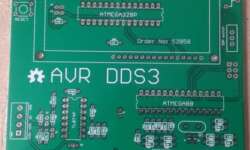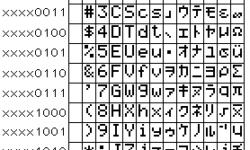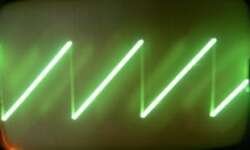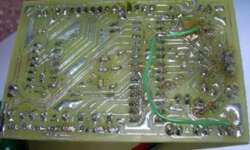Rethinking AVR DDS3 signal generator project

These things happen all the time. When you start a new project but from the beginning start feeling that it’s not what you wanted. Usually, they end up collecting dust. I think there is nothing shameful because it is better to fail than do nothing. There are thousands of examples where people start new projects with enthusiasm, but they never reach the daylight. But without those efforts, we wouldn’t see other great projects and products. Not all of them are made from the first try. It’s been over a year since the announcement of the AVR DDS3 signal generator. As you have noticed, there is no progress so far on it. And I am going to give up on it for a couple of reasons. From the beginning, I didn’t feel comfortable with it.













